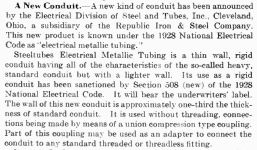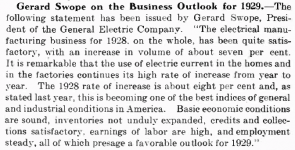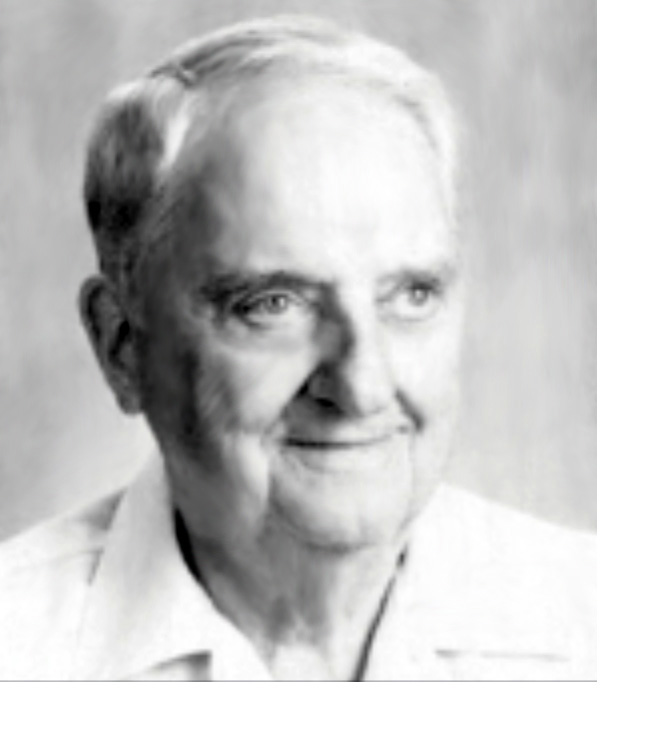ruxton.stanislaw Spammer
Suspended Member
- Location
- Arkansas
- Occupation
- Laboratory Engineer
A History of EMT and Electrician Skepticism: The Case of Jack Benefield and the One-Shot Bender
Electrical Metallic Tubing (EMT) has become a staple in electrical construction, but its journey wasn't always smooth. In the early days, electricians were hesitant to adopt this new material, and figures like Jack Benefield played a role in overcoming that resistance.The Early Days of EMT (1960s):
- EMT emerged in the 1960s as a lighter, more affordable alternative to traditional rigid conduit.
- Electricians, accustomed to the sturdiness of rigid conduit, were skeptical of EMT's ability to withstand the rigors of construction sites.
- Concerns centered around EMT's thinner walls being more prone to bending or crushing during installation.
- Jack Benefield, a prominent figure in the electrical industry, is credited with playing a key role in promoting the acceptance of EMT.
- Benefield is known for his invention of the "one-shot bender," a specialized tool that allowed for quick and accurate bending of EMT conduit.
- This innovation addressed a major concern for electricians – the difficulty of bending EMT with traditional bending tools used for rigid conduit.
- With the one-shot bender, EMT installations became faster and more efficient, helping to overcome electrician reluctance.
- The ease of use offered by the one-shot bender, coupled with EMT's cost-effectiveness and lighter weight, gradually convinced electricians of its merits.
- Additionally, safety standards and testing procedures were established to ensure EMT met the necessary requirements for electrical applications.
- Today, EMT is widely used in commercial and industrial electrical projects for running wires in protected environments.
- Its ease of installation, affordability, and compatibility with various bending techniques make it a popular choice for electricians.




